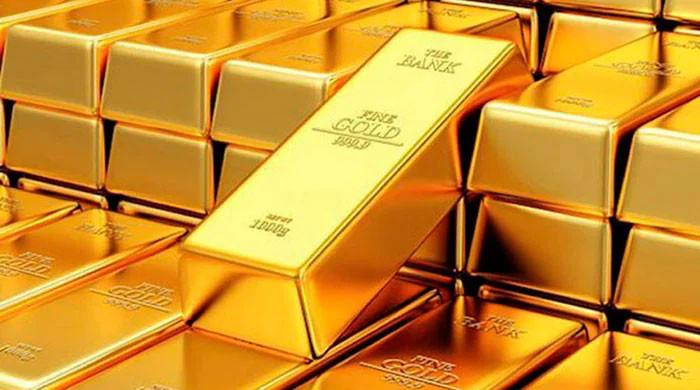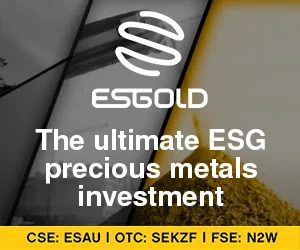In recent weeks, the gold market has witnessed a remarkable surge, with prices in the local market soaring by Rs2,380 per tola, reaching an unprecedented high of Rs323,380. This increase is not merely a local phenomenon; it is part of a broader trend driven by significant shifts in international gold prices, which have also seen a notable rise. As investors seek refuge from economic instability, gold has emerged as a safe-haven asset, reflecting growing concerns over global financial conditions.
The Current Landscape of Gold Prices
According to the All Pakistan Sarafa Gems and Jewellers Association, the price of gold per tola has reached a new all-time high, while the 10-gram gold rate has climbed to Rs277,246. This surge is mirrored in the international market, where gold prices jumped by $22 per ounce, bringing the price to $3,074 per ounce. Such increases are indicative of a robust demand for gold, driven by various economic factors that have made this precious metal a focal point for investors.
Factors Driving the Surge
U.S. Government Policies
One of the primary catalysts for the rising gold prices is the recent policy shift by the U.S. government aimed at bolstering its gold reserves. In an environment characterized by economic instability, inflation, and currency devaluation, the U.S. has been actively accumulating gold. This strategic move is seen as a hedge against financial uncertainties, thereby increasing global demand for the metal.
Federal Reserve’s Monetary Policies
The Federal Reserve’s monetary tightening policies have also played a crucial role in influencing gold prices. As the U.S. grapples with rising national debt and fiscal challenges, the dollar has come under pressure. In such scenarios, gold becomes an attractive alternative for investors looking to safeguard their assets. The combination of trade tensions and geopolitical risks further amplifies this trend, as investors flock to gold as a reliable store of value.
The Broader Impact on Precious Metals
Gold is not the only precious metal experiencing price increases; silver has also seen a rise in value. The price of silver per tola has increased by Rs30, reaching Rs3,610, while the 10-gram silver rate has climbed to Rs3,096. This uptick in silver prices reflects a similar investor sentiment, as both metals are often viewed as safe havens during times of economic uncertainty.
Future Outlook: Volatility Ahead
Market analysts predict that gold prices may remain volatile in the coming weeks, influenced by ongoing global economic developments and potential shifts in U.S. policy. As central banks around the world diversify their reserves and increase gold purchases, the upward trend in gold prices is likely to persist. Investors and traders are closely monitoring these dynamics, as gold continues to be a key asset amid global financial uncertainties.
Conclusion: Gold as a Safe Haven
The recent surge in gold prices underscores the metal’s enduring appeal as a safe haven for investors. With economic uncertainties looming large and geopolitical risks on the rise, gold’s status as a reliable store of value is more relevant than ever. As the market navigates these turbulent waters, both institutional and individual investors are likely to keep a close eye on gold, making it a focal point in their investment strategies. As we move forward, the interplay between economic policies and market dynamics will undoubtedly shape the future of gold prices, making it a critical area of interest for all stakeholders in the financial landscape.




